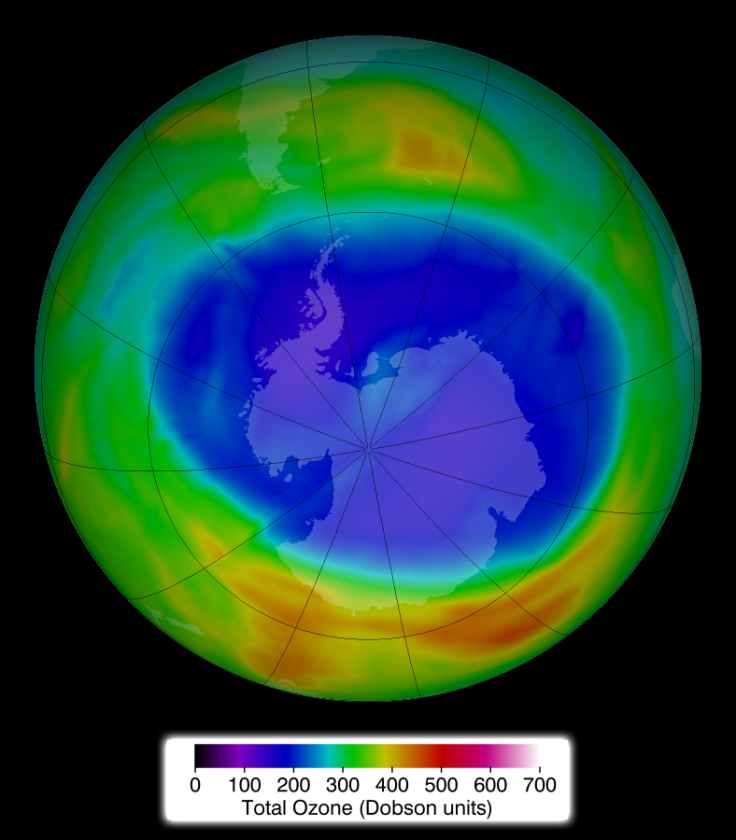Ozone layer healing with 'hole' closing up says Nasa

The "hole" in the ozone layer of our atmosphere is finally beginning to close up, according to observations by Nasa scientists.
Currently 12 million miles wide, the hole will be eight million miles wide within three decades, and will have disappeared by the end of the century.
Nasa's Aura satellite and Suomi NPP partnership satellite measured the ozone in the southern hemisphere for each year from 1979-2013, except 1995.
A report published in the journal Geophysical Research comes as a proof of the effectiveness of the Montreal Protocol initiated in 1987 to limit the use of gas propellants like chlorofluorocarbons (CFCs) worldwide and protect the ozone layer.
"With this new information, we can look into the future and say with confidence that ozone hole will be consistently smaller than eight million square miles by 2040," said Susan Strahan, a senior research scientist at the Nasa Goddard Space Flight Center.
The CFCs released by the products were found to interact with UV radiation to release chlorine, which in turn destroyed the ozone. One atom of chlorine can destroy more than a 100,000 ozone molecules, according to the US Environmental Protection Agency.
It was in 1985 that scientists from the British Antarctic Survey first reported observations of large losses of ozone over Antarctica.
With wind currents sweeping the CFCs toward the poles, the effect was pronounced there as the polar vortex trapped the chemicals which accumulated over time to high concentrations.
As the sun shines for long periods of the day, chlorine reacts with ultraviolet rays, destroying ozone on a massive scale of up to 65% creating the hole seen by the BAS team, says NatGeo.
The ozone layer at 15 to 30kms above Earth shields the planet from harmful levels of ultraviolet rays, which can cause cancer, cataracts and sunburn.
Ultraviolet B radiation reaching Earth can inhibit the reproductive cycle of phytoplankton that make up the bottom rung of the food chain.
However, some scientists believe that restoring the ozone layer will add to global warming as ozone is a greenhouse gas and can trap heat in the atmosphere.
The effect of increasing temperature over the southern pole has seen many alarming studies on the rapid rate of ice melt in the Antarctic continent.
The flip side is that ozone-depleting substances like CFCs are also powerful greenhouse gases and while substitutes are ozone safe, many are powerful greenhouse gases.
© Copyright IBTimes 2024. All rights reserved.






